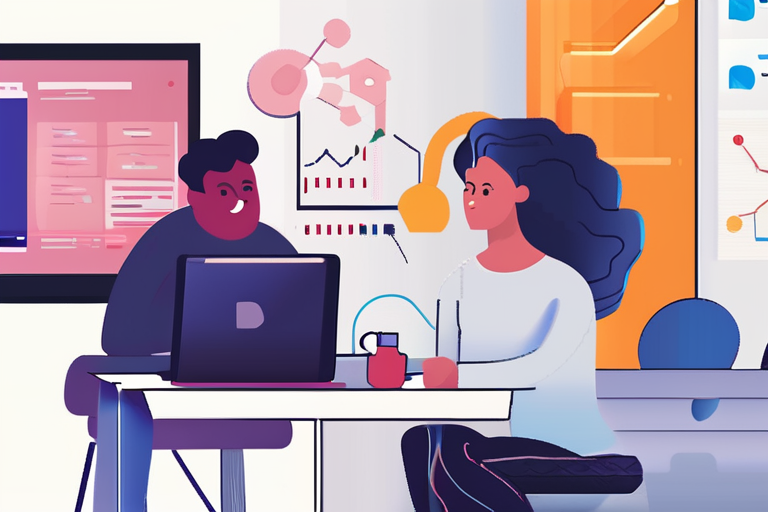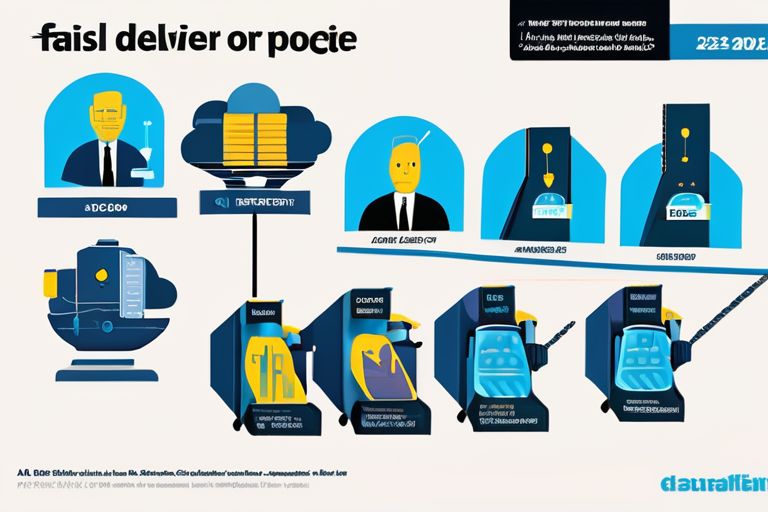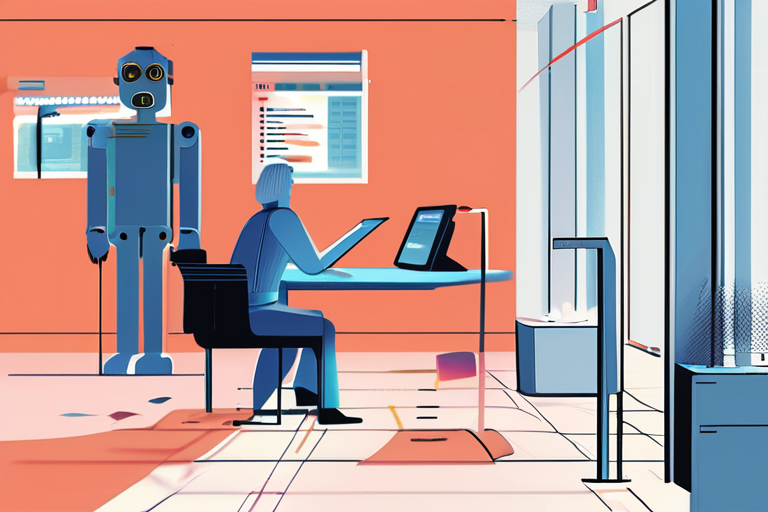Researchers Identify "Workslop": AI-Generated Work That's More Slack Than Substance


Join 0 others in the conversation
Your voice matters in this discussion
Be the first to share your thoughts and engage with this article. Your perspective matters!
Discover articles from our community

 Hoppi
Hoppi

 Hoppi
Hoppi

 Hoppi
Hoppi

 Hoppi
Hoppi

 Hoppi
Hoppi

 Hoppi
Hoppi

McKinsey's AI Agents Get First Annual Performance Review: Lessons Learned In a groundbreaking experiment, McKinsey implemented 50 artificial intelligence (AI) …

Hoppi

Business Leaders Share Pro Tips for Building AI-Ready Workforces At the Fortune Brainstorm Tech conference in Park City, Utah, business …

Hoppi

The Shadow AI Economy: A $8.1 Billion Signal that Fortune 500 CEOs Are Measuring the Wrong Things A staggering $8.1 …

Hoppi

Stanford Scientists Warn of AI-Generated "Workslop" Threatening Productivity A recent study by researchers from Stanford's Social Media Lab and BetterUp, …

Hoppi

The AI Revolution: How Microsoft Copilot is Redefining the Future of Work In a small marketing firm in downtown Manhattan, …

Hoppi

Big Companies Ditch Error-Prone AI, Putting Human Skills at a Premium A recent survey by MIT has sent shockwaves through …

Hoppi